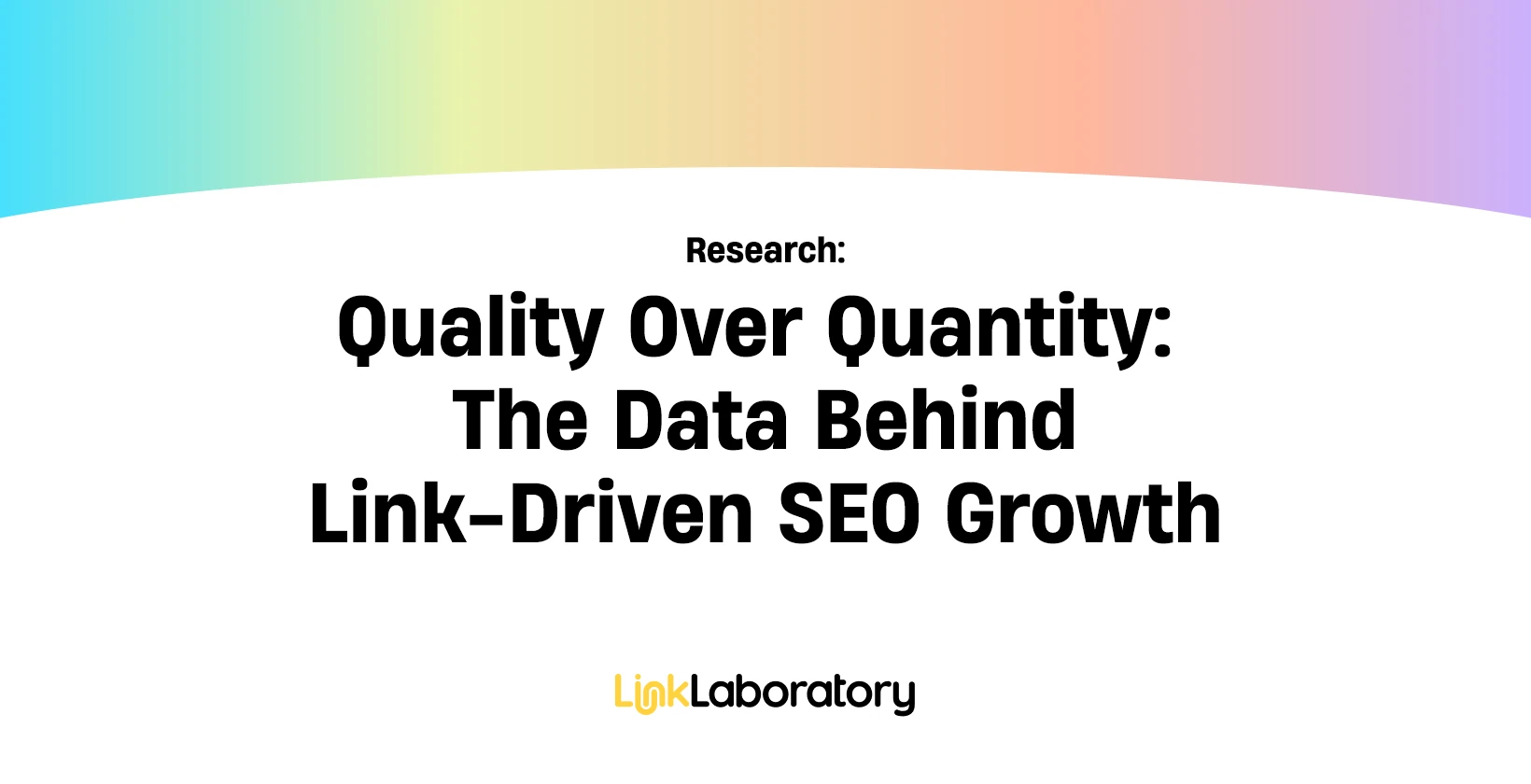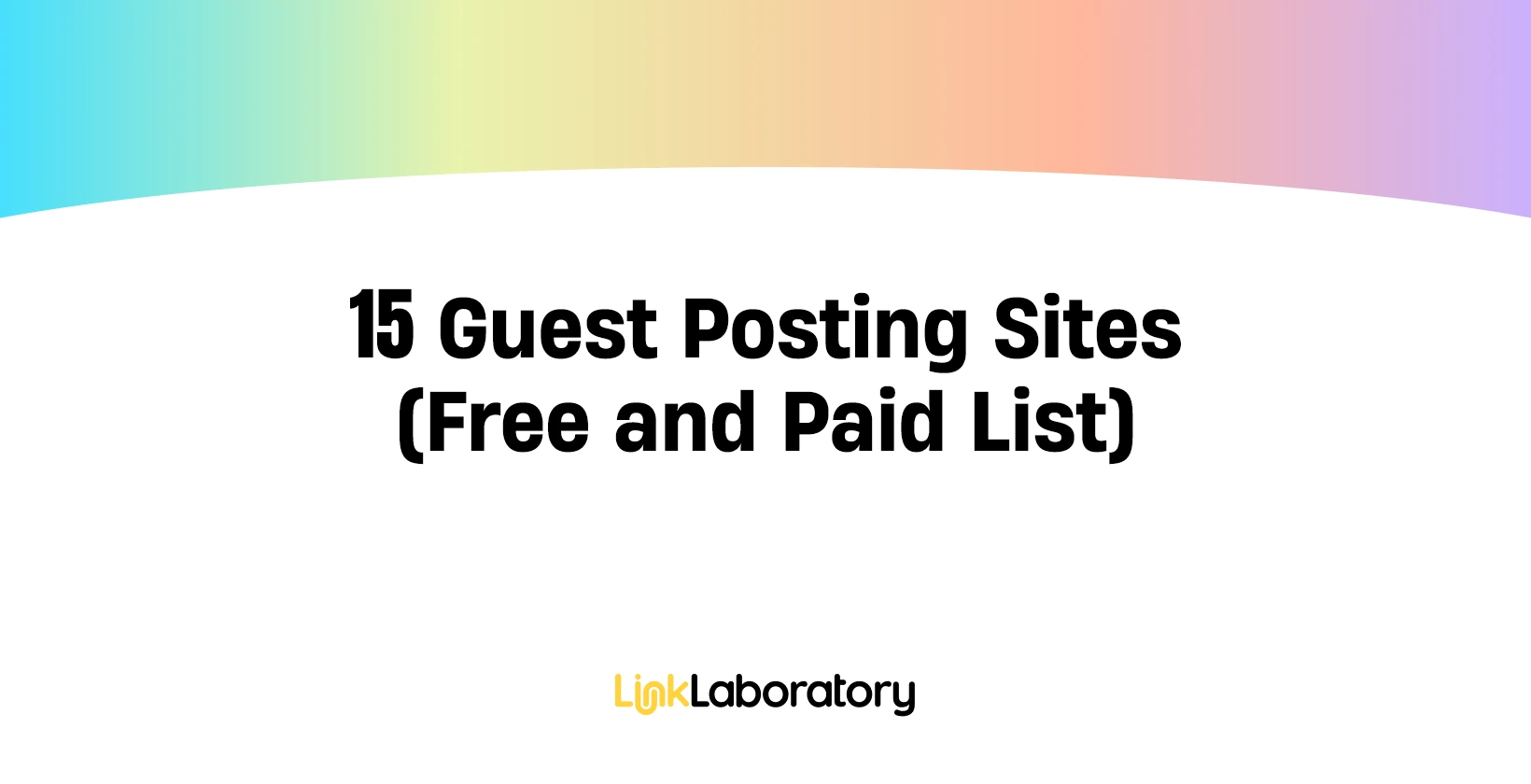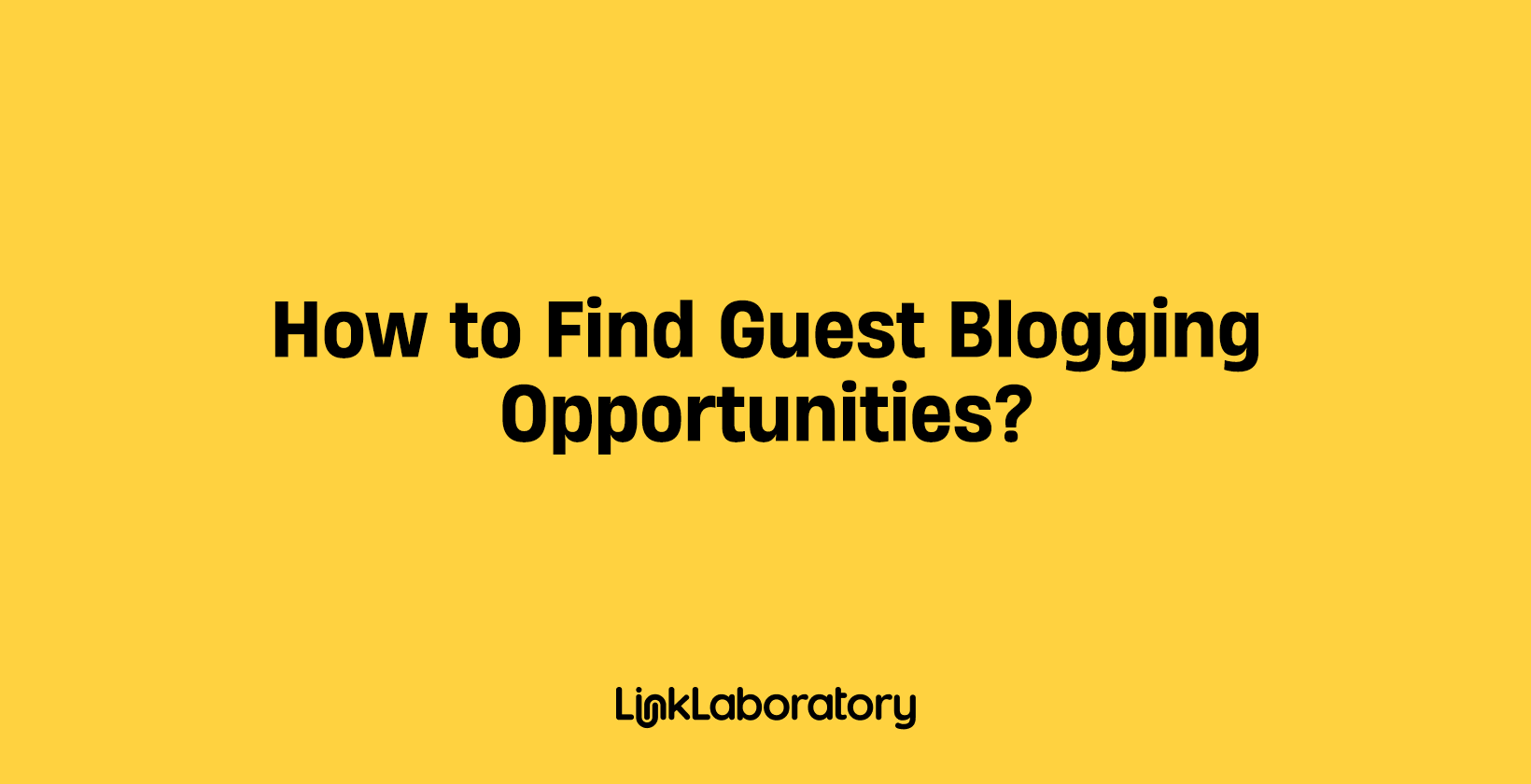Marketing outreach is the strategic process of engaging with influential individuals, organizations, and communities to expand a brand’s visibility and authority. Outreach marketing shifts focus from transactional advertising to relationship-driven communication, where trust, credibility, and authentic alignment define success. Unlike traditional marketing that pushes messages outward, outreach leverages external networks to generate organic exposure, high-quality backlinks, and audience engagement at scale.
The role of marketing outreach in SEO extends far beyond link acquisition. Each earned backlink represents a signal of authority that search engines use to determine ranking strength. Outreach-driven content placements diversify link profiles, improve topical relevance, and increase referral traffic from niche-specific sources. By embedding a brand within conversations led by respected voices, outreach accelerates discoverability and credibility.
Partnerships with trusted influencers or industry leaders position a brand in front of audiences already primed for engagement. With consistent outreach, brands establish visibility in competitive markets while building long-term relationships that sustain recognition and loyalty. This article defines marketing outreach, examines impact on SEO and brand growth, and explores strategies to strengthen visibility through relationship-focused methods.
What is Marketing Outreach?
Marketing outreach is a proactive strategy that initiates direct engagement with individuals, organizations, or communities to strengthen a brand’s visibility and influence. Outreach marketing focuses on personalized communication that builds meaningful connections with targeted audiences. Through intentional outreach, businesses position themselves within relevant networks, creating pathways for growth and recognition.
The primary function of marketing outreach is relationship building. Each interaction is designed to establish trust, foster collaboration, and maintain long-term connections with stakeholders who hold influence over desired audiences. This approach prioritizes ongoing communication rather than isolated promotional efforts, ensuring relationships develop into sustained partnerships.
Marketing outreach expands reach and reinforces credibility through authentic engagement. Brands initiate conversations that introduce their value proposition while aligning with the interests of key stakeholders. This process elevates awareness, generates qualified attention, and opens opportunities for collaboration that extend brand presence beyond owned channels.
Marketing outreach drives purposeful connections that translate into recognition, reputation, and influence within competitive markets. Outreach is a foundational element of modern digital marketing, uniting relationship-driven communication with the strategic objective of increasing brand visibility and audience engagement.
What are the Benefits of Outreach Marketing?
The benefits of outreach marketing extend beyond short-term exposure, shaping brand authority, credibility, and growth in lasting ways. Outreach aligns visibility, engagement, and trust, creating a framework for sustainable success in competitive digital ecosystems. Outreach marketing strengthens brand awareness by embedding a brand’s voice into conversations led by trusted industry figures. This exposure multiplies reach across audiences that already hold an interest in the subject matter, which accelerates recognition and relevance.
Lead generation emerges as a direct outcome of these trust-driven connections. Collaborations generate referral traffic from audiences that reflect the brand’s target segments. These visitors engage more deeply because outreach creates context for the brand before the first interaction. Valuable partnerships represent another defining advantage. Outreach cultivates relationships with influencers, thought leaders, and aligned organizations that open access to new networks, co-marketing opportunities, and joint initiatives.
SEO gains add another layer of impact. Backlinks from authoritative domains increase domain authority and improve visibility in search results. These links act as digital endorsements, signaling to search engines that a brand is credible and trustworthy. Higher rankings translate into increased organic traffic, while referral visits from partner sites bring targeted audiences with stronger intent. The compounding effect of outreach is what makes it indispensable. Awareness builds credibility, credibility drives authority, and authority amplifies visibility.
What is Outreach in Digital Marketing?
Outreach in digital marketing refers to the structured process of connecting with specific audiences online to strengthen brand presence and generate measurable outcomes. Digital outreach functions as a bridge between a brand and external networks, extending reach beyond owned platforms into spaces where target audiences actively engage. The purpose of outreach lies in fostering authentic interactions that encourage awareness, credibility, and conversion. Unlike traditional marketing, which relies on one-way communication, digital outreach prioritizes dialogue and long-term relationship building.
Outreach in digital marketing integrates tactics such as influencer collaborations, content syndication, and strategic link acquisition. Outreach strategies are highly targeted, focusing on niche communities or industry-specific platforms where engagement delivers stronger returns. For instance, partnering with thought leaders in a B2B space allows a brand to gain access to decision-makers who influence purchasing cycles.
Digital outreach operates as a reputation-building mechanism. By associating with credible publications, authoritative creators, or established online communities, brands strengthen their perceived expertise. The scope of outreach extends into performance-driven marketing objectives. For example, targeted outreach designed for link acquisition enhances search visibility, while outreach tailored to thought leadership supports brand positioning within competitive markets.
What are Examples of an Outreach Activity?
The examples of an outreach activity include blogger outreach, influencer outreach, email outreach, social media outreach, and cold outreach. Blogger outreach involves building relationships with publishers who run niche or high-authority blogs. Brands use this activity to secure product features, publish guest posts, or earn mentions that expand reach while improving SEO performance.
Influencer outreach leverages the authority of individuals with established digital followings. These collaborations help brands access audiences through voices that already command trust. Email outreach provides a direct channel to deliver personalized communication. Brands use it to connect with prospects, nurture leads, or invite individuals to exclusive experiences such as webinars or product launches. Targeted email outreach focuses on segmentation and precision, which accelerates progression through the sales funnel and strengthens long-term relationships.
Social media outreach activates platforms where audiences spend their time and attention. Marketers engage by joining conversations, responding to comments, hosting interactive sessions, or collaborating with communities. Cold outreach introduces a brand to individuals or organizations without prior exposure. Marketers execute cold outreach initiatives through channels such as LinkedIn messages, unsolicited emails, or direct outreach campaigns.
How Do You Do Outreach Marketing?
You do outreach marketing by creating a structured process that aligns brand objectives with the right audience, channels, and relationship-building strategies. The goal is to initiate direct engagement, establish trust, and convert conversations into measurable outcomes such as awareness, leads, or sales. Outreach marketing begins with audience segmentation. Brands identify decision-makers, influencers, and communities that match their value proposition.
Best practices to do outreach marketing effectively are outlined below.
Define your Core Objectives
Every outreach campaign begins with clearly defined objectives. Objectives establish the foundation for message design, channel selection, and measurement. A campaign focused on brand visibility requires strategies that maximize reach, while one centered on lead generation demands a stronger emphasis on relevance and conversion potential. Without this clarity, outreach activities scatter across channels and fail to produce measurable results.
Marketers strengthen objectives by aligning them with broader business goals. For instance, a technology startup entering a new market benefits from an outreach plan that emphasizes industry credibility. Likewise, established brands prioritize relationship-building with journalists to protect reputation. Establishing this alignment ensures that outreach serves a strategic purpose beyond short-term communication.
Identify your Target Audience
Effective outreach depends on targeting the right stakeholders rather than casting wide nets. Target audiences vary across industries and campaign goals, ranging from media professionals and analysts to online community leaders and decision-makers inside organizations. A precise audience profile reduces wasted effort and increases the probability of meaningful engagement.
Audience identification involves more than demographic data. Psychographics, behavioral insights, and professional roles provide sharper detail into what drives recipient attention. A healthcare press release engages medical editors differently than lifestyle bloggers, and outreach succeeds when these distinctions guide targeting.
Research and List Down Potential Outreach Targets
After defining audiences, the next step is building a qualified list of specific outreach contacts. Research involves identifying journalists who actively cover relevant topics, influencers with strong engagement rates in niche communities, and organizations whose networks extend to target demographics. Generic lists dilute impact, while refined lists concentrate efforts where they matter most.
Advanced research extends beyond names and emails. Analyzing a contact’s publishing history, social media activity, or speaking engagements uncovers patterns that inform personalization. The result is an outreach database rooted in relevance rather than volume, which increases the likelihood of responses and builds stronger professional credibility.
Craft Personalized Outreach Messages
Message design determines whether outreach efforts convert into conversations. Personalized communication signals to the recipient that their work and interests have been studied, which establishes respect and relevance from the outset. Outreach messages structured with a strong hook, contextual value, and a clear call-to-action hold attention and prompt replies.
Personalization requires adapting tone and format to the recipient’s context. A journalist responds to a concise, newsworthy pitch supported by data, while a business executive values a proposal that demonstrates ROI and efficiency. Outreach messages achieve higher impact when they balance clarity with recipient-centered value.
Select the Right Outreach Channels
Choosing the right channels ensures that messages reach recipients in environments where they engage most actively. Email remains the cornerstone of direct outreach, but professional networking platforms, industry forums, and podcasts serve as valuable distribution points depending on the target. Each channel has its own conventions, and aligning with them increases credibility.
Effective campaigns combine multiple channels in a layered approach. A pitch sent via email gains reinforcement through LinkedIn engagement, while a press release amplifies visibility through distribution networks. This integrated model multiplies touchpoints and positions the message across the spaces where recipients consume information.
Build & Nurture Relationships
Effective outreach extends beyond single interactions because the strongest results come from cultivating long-term relationships with key contacts. A journalist who trusts a brand’s reliability, or an influencer who sees mutual value in collaboration, evolves into an advocate who consistently supports campaigns. Relationship-building shifts outreach from transactional activity into sustainable influence.
Nurturing relationships requires consistency and value exchange. Sharing exclusive insights, providing expert commentary, or promoting a contact’s work builds reciprocity and strengthens trust. Over time, these actions elevate the brand’s position within professional networks and create advocates who amplify future campaigns organically.
Monitor Results, Analyze & Improve
Measurement anchors outreach in performance and improvement. Tracking metrics such as open rates, backlink acquisition, referral traffic, or media mentions reveals whether strategies align with objectives. Data-driven analysis prevents reliance on assumptions and demonstrates the tangible value of outreach to organizational goals.
Continuous refinement transforms outreach into a scalable process. Identifying which subject lines drive higher responses, which channels deliver stronger leads, and which relationships generate repeat opportunities allows campaigns to evolve with precision. Improvement becomes cyclical, ensuring that every new outreach initiative builds on the lessons of the last.
What Does a Marketing Outreach Specialist Do?
A marketing outreach specialist develops and executes strategies that position a brand directly in front of the right audience. This role aligns business objectives with tailored outreach initiatives that expand visibility, foster participation, and convert engagement into measurable results. The specialist designs structured marketing plans that identify priority segments and establish clear goals for awareness, lead generation, or community involvement.
Marketing outreach specialists create content that resonates with the intended audience, from persuasive emails and social media campaigns to on-site event materials and website messaging. Outreach specialists immerse themselves in community engagement, attending industry events, hosting workshops, and maintaining an active presence in conversations that influence decision-making.
Lead management forms a critical part of their work. Specialists identify prospective customers, track interactions, and build nurturing paths that guide them toward deeper brand involvement. This process relies on precise market research, which equips the specialist with insights into consumer behavior, competitor tactics, and emerging trends that influence outreach success.
Relationship building anchors their role. A marketing outreach specialist cultivates meaningful connections with community leaders, influencers, and industry stakeholders to extend the brand’s reach and credibility. Outreach marketers collaborate with internal teams to ensure every campaign aligns with product development, sales objectives, and long-term growth strategies.
What is the Best Outreach Method?
The best outreach method is a multi-channel approach that aligns the outreach medium with audience behavior and campaign objectives. Personalized email remains the core driver of outreach because it scales efficiently while delivering targeted value to segmented audiences. LinkedIn excels in reaching decision-makers and thought leaders in professional contexts. Outreach through LinkedIn establishes authority and positions your brand within relevant industry conversations.
Direct mail creates memorable brand experiences that stand out in an era dominated by digital noise. Physical assets such as personalized letters, creative packages, or well-designed brochures leave a lasting impression on select high-value prospects. Phone outreach adds immediacy and human connection that written communication lacks. Social media outreach strengthens visibility and community engagement. Sharing content, using strategic hashtags, and joining industry discussions build organic touchpoints with prospects.
The best outreach method requires a structured, layered multi-channel strategy. Each method serves a unique role, but their effectiveness depends on execution. Personalization, value delivery, and consistent follow-ups elevate outreach from noise to meaningful engagement, while tracking results ensures continuous refinement.
What is Social Media Outreach?
Social media outreach is the strategic practice of engaging with individuals, influencers, and businesses across digital platforms to amplify a brand’s message, strengthen relationships, and generate measurable results. Targeted engagement defines the foundation of social media outreach. Marketers identify and connect with relevant users whose interests or authority align with brand goals, ensuring every interaction carries strategic value.
Consistent interactions, authentic dialogue, and personalized responses cultivate trust that transforms audiences into long-term advocates. Partnerships with influencers or thought leaders extend this trust into established communities, accelerating reach and credibility. Successful outreach requires selecting the platforms that match audience behavior, crafting tailored messages that resonate, and maintaining consistent participation in relevant conversations.
The benefits of social media outreach extend across the marketing funnel. Targeted visibility drives brand awareness, consistent interaction improves engagement metrics, and relationship-focused communication strengthens loyalty. These combined outcomes increase traffic, generate leads, and elevate conversion rates.
What is Influencer Outreach?
Influencer outreach is the practice of establishing direct connections with social media personalities whose audience aligns with a brand’s target market. The process begins with identifying individuals whose content, tone, and values reflect the brand’s positioning, ensuring the partnership delivers relevance and credibility. Once the right influencers are selected, brands initiate contact through personalized communication that demonstrates a clear understanding of the influencer’s audience and content style.
Outreach progresses into structured collaboration, where brands define the scope of work, expected deliverables, and the overall vision of the campaign. Strong influencer outreach prioritizes long-term relationship building rather than transactional engagements, creating sustained value through authentic partnerships. Campaign execution extends across multiple content formats such as reviews, sponsored features, product demonstrations, or giveaways, depending on the influencer’s platform strengths.



